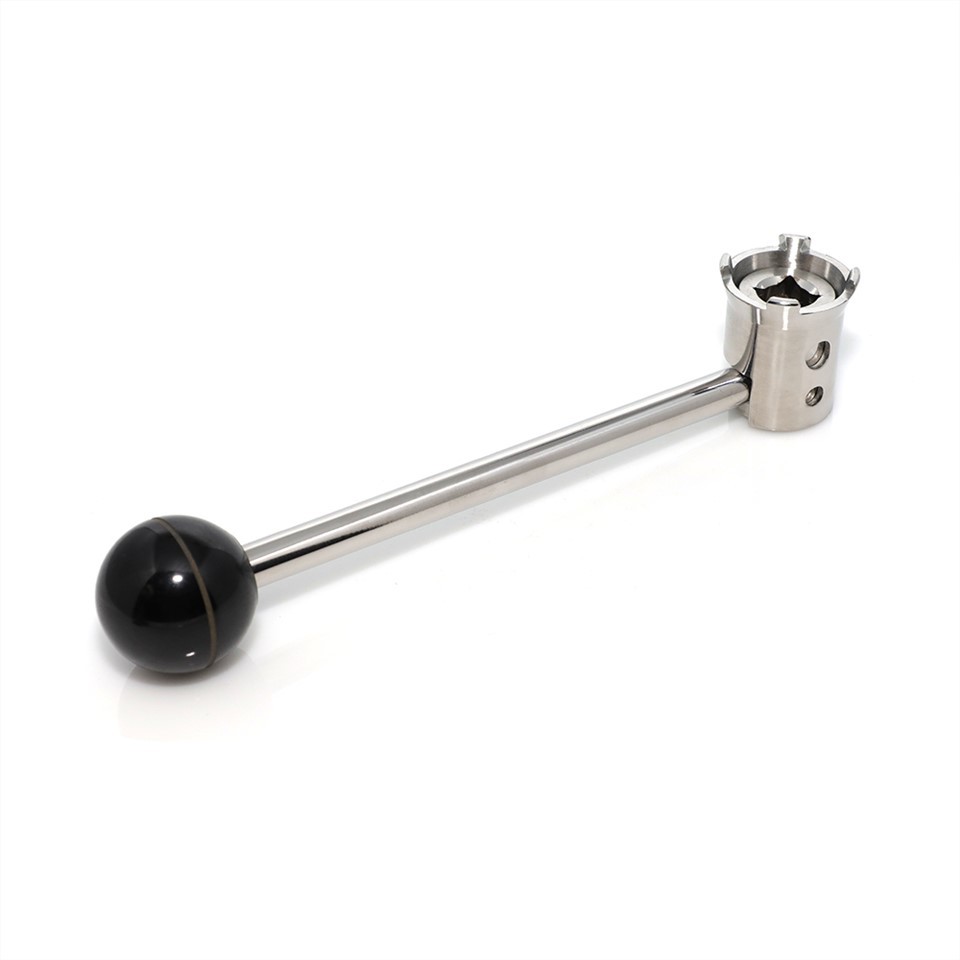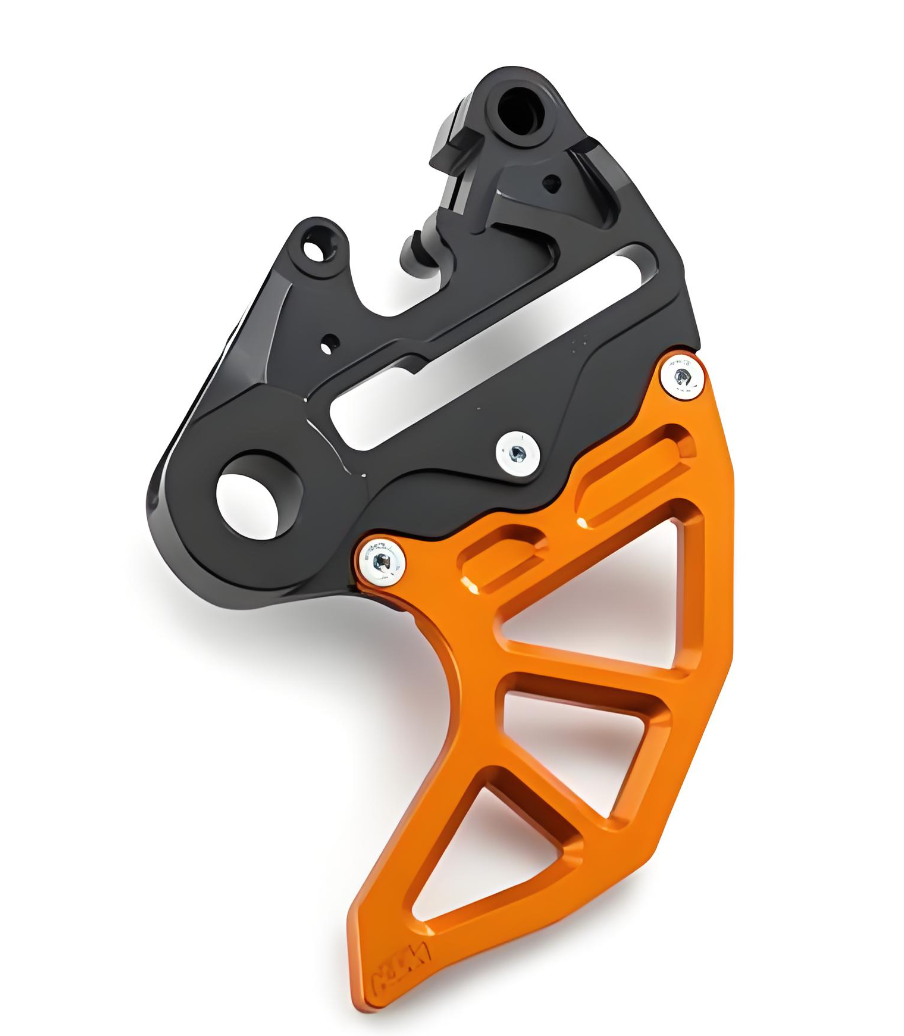What Is Metal Assembly?
Metal assembly refers to a process of joining multiple metal pieces together to produce a new product. This process involves using various methods such as welding, brazing, soldering, and adhesive bonding, among others. These techniques can be utilized to create diverse products, ranging from small machine parts to large industrial structures.Metal assembly is an important process in many industries, including aerospace, automotive, and construction. In these industries, it is essential to produce components that are strong and durable, able to withstand extreme conditions, and perform well under high pressure or high temperatures.
Advantages of Metal Assembly
Strength
Metal Assembly are incredibly strong and can withstand a great deal of force and weight. This makes them ideal for use in structural applications where strength is essential.
Durability
Metal Assembly can withstand harsh environments and resist corrosion, making them suitable for use in outdoor applications where exposure to the elements is a concern.
Safety
Metal Assembly are generally considered safe to use because they have a low risk of failure or breaking. This makes them ideal for use in critical applications such as automotive and aerospace industries.
Versatility
Metal Assembly can be produced in a wide range of shapes and sizes, making them adaptable to different applications. This flexibility allows for customization and can help ensure that the assembly meets the exact needs of the end-user.
Easy maintenance
Metal Assembly are low maintenance and require minimal cleaning and upkeep. This reduces downtime and increases the overall efficiency of the assembly.
Aesthetics
Metal Assembly can be polished, painted, or coated to improve their appearance. This makes them a popular choice for architectural applications where aesthetics are important.
-
Mechanical Assembly
This includes the use of different types of fasteners such as nuts, screws, bolts, etc. to assemble or connect multiple parts together. Mechanical assembly is very suitable for non -
Stainless Steel Assembly
Metal assembly is the act of connecting metal parts and components through processes such as welding, riveting, bonding with adhesives, and threaded fasteners. In most manufac
Why Choose Us
Corporate Culture
Quality-oriented, scientific and technological innovation, scientific management, excellent products, and a good reputation—we wholeheartedly provide customers with the most satisfactory service.
Human Resources
Our existing engineering and technical staff account for 55% of our workforce. The professional management team, assisted by the company's ERP system, serves customers scientifically and efficiently in accordance with the ISO9001 system.
Our Team
We have more than 10 technical engineers, 6 drawing engineers, 8 quality inspection engineers, and 12 professional domestic and foreign sales engineers.
Our Markets
Our products are sold both domestically and internationally, particularly in North America and Europe. For example, we have customers in the United States, Canada, Germany, Switzerland, France, Italy, the Netherlands, Belgium, Poland, Spain, Ukraine, and more.
Types of Metal Assembly
Welding
Welding is perhaps the most common method of metal assembly. It involves melting two metal parts and fusing them together using a filler material. It is a cost-effective method of joining metals, but it requires a skilled operator to ensure the weld is strong enough to withstand the intended load. Welding is often used in the automotive and construction industries, among others.
Bolting
Bolting involves using nuts and bolts to join two metal parts together. This method is often used when the two parts are large and cannot be welded together. Bolting also allows for easy disassembly if needed. However, it is not as strong as welding and may require periodic maintenance.
Riveting
Riveting involves inserting a metal pin (rivet) through two or more metal parts and then expanding the end of the pin to hold the parts together. Riveting is often used in the aerospace and manufacturing industries. It is a strong method of joining metals, but it can be time-consuming and difficult to disassemble.
Adhesive bonding
Adhesive bonding involves using an adhesive to bond two or more metal parts together. This method is cost-effective and easy to use. However, it may not be as strong as welding or riveting, and it may require periodic maintenance.
Soldering
Soldering involves melting a metal alloy (solder) and using it to join two metal parts together. Soldering is often used in electronic and jewelry manufacturing. It is a cost-effective method of assembly, but it may not be as strong as welding or riveting.
Brazing
Brazing involves melting a filler metal and using it to join two metal parts together. Brazing is often used in the manufacturing of HVAC systems and plumbing. It is a strong method of assembly, but it requires a skilled operator to ensure the joint is strong enough to withstand the intended load.
Metal assembly is applied in the construction industry to make structures like bridges, buildings, and other infrastructure projects. The assembly process is used to join large metal components together to create a stronger structure that can withstand various weather conditions and natural calamities. Metal assembly is also used in the automotive industry to manufacture cars and other vehicles. The process is used to join different metal parts of the car like the chassis, body, and engine, to create a unified and functional vehicle. In the aerospace industry, metal assembly is used to create parts of aircraft and spacecraft. The process is highly specialized and requires high precision and accuracy. The use of metal assembly is critical in the aerospace industry because the safety of passengers and crew depends on the reliability and stability of the aircraft. Metal assembly is also used in the manufacturing industry to make a wide range of products. For example, metal assembly is used to make furniture by joining metal parts like legs, frames, and armrests. The process is also used in the electronics industry to join different metal parts of electronic devices and appliances like smartphones, laptops, and televisions.

Process of Metal Assembly
Design
The first step in metal assembly is designing the product. This involves creating detailed 2D or 3D drawings that specify the dimensions, materials, and tolerances of the various components. The design phase is critical as it determines the final form, function, and performance of the product.
Material selection
Once the design is finalized, the next step is to select the appropriate materials for each component. The material choice will depend on various factors such as strength, durability, corrosion resistance, weight, and cost. The material must also be compatible with other components and be able to withstand the stresses and loads placed upon it.
Cutting and shaping
The metal components are then cut and shaped according to the design specifications. This can be done through various processes such as sawing, milling, drilling, turning, or stamping. Precision and accuracy are crucial at this stage to ensure that the components fit together properly.
Assembly
The metal components are then assembled using various methods such as welding, brazing, soldering, or adhesive bonding. Welding involves fusing the metal parts together using heat, while brazing involves joining them with a filler metal that melts at a lower temperature. Soldering is similar to brazing but uses a lower melting point filler metal. Adhesive bonding uses a special adhesive to bond the components together.
Finishing
Once the assembly is complete, the product is finished to improve its appearance, durability, and functionality. This can involve various processes such as sanding, polishing, painting, anodizing, or electroplating. Finishing is important to protect the metal from corrosion, wear, and tear.
Quality control
The final step in metal assembly is quality control. This involves inspecting the finished product to ensure that it meets the design specifications and standards. Any defects or deviations from the design must be identified and corrected before the product is released for use.
Components of Metal Assembly
Metal parts
These are the individual pieces that will be joined together. They could be made of different metals or the same metal, depending on the desired outcome.
Fasteners
These are the devices that hold the metal parts together. They could be bolts, screws, nuts, or other similar tools. Fasteners should be carefully chosen based on the strength and function they need to provide.
Welds
This is the process of joining two metal parts by heating them until they melt and then allowing them to cool and solidify. Welds can be permanent and very strong, but they require skill and experience to perform correctly.
Adhesives
This is the process of bonding two metal parts together using a special adhesive. Adhesives can be more flexible and easier to work with than welding, but they may not be as strong in some situations.
Rivets
This is the process of using a specialized tool to create a small hole in the metal parts and then inserting a cylindrical pin through the hole to hold the parts together.
Clamps
This is the process of using a mechanical device to hold the metal parts in place while they are being joined together. Clamps are temporary and can be removed once the assembly is completed.

"Metal assembly" is the process of joining two or more metal pieces together to create a larger structure or product. There are several types of metals commonly used in metal assembly, each with its own properties and characteristics. However, some of the most commonly used metals in metal assembly include stainless steel, carbon steel, aluminum, and copper. Stainless steel is a popular metal due to its corrosion resistance, durability, and strength. It is commonly used in various applications, such as automotive, aerospace, construction, and food processing. Carbon steel is another commonly used metal in metal assembly due to its high strength, durability, and low cost. It is commonly used in the manufacturing industry for construction, pipelines, and structural applications. Aluminum is a lightweight metal that is widely used in metal assembly due to its high strength-to-weight ratio, corrosion resistance, and ductility. It is commonly used in the aerospace industry, automotive industry, and construction industry. Copper is another popular metal in metal assembly due to its electrical conductivity, ductility, and malleability. It is commonly used in the electrical and plumbing industries.
What Safety Measures Are Necessary When Working with Metal Assembly
Protective equipment
Workers must be equipped with proper protective gear such as eye goggles, earplugs, gloves, and safety shoes. These should be worn at all times during the assembly process.
Proper handling
Metal Assembly are heavy and sharp and can cause serious injuries if not handled properly. It is, therefore, important to use appropriate lifting equipment and to never attempt to lift or move the assembly manually.
Ventilation
Metal assembly can release harmful fumes and dust during the assembly process. Proper ventilation should be provided to avoid respiratory problems.
Machinery safety
The metal assembly process often involves the use of machinery such as drills, presses, and cutting tools. It is important to make sure that the machines are properly maintained and that all safety guards and devices are in place and functioning properly.
Training
Workers should be properly trained in the use of all equipment and machinery. Proper training reduces the risk of accidents and injuries in the metal assembly process.
Fire safety
Metal assembly is often accompanied by heat and sparks which can ignite a fire. Appropriate fire safety measures such as fire extinguishers, sprinklers, and smoke detectors should be installed and maintained.
What Equipment and Tools Are Necessary for Metal Assembly
Welding equipment
This includes welding machines, welding torches, and welding electrodes. Welding is a common method of joining metal components together, and it requires specialized equipment and expertise.
Cutting tools
This includes saws, shears, and cutting torches. These tools are used to cut and shape metal parts into the desired size and shape.
Fasteners
This includes bolts, nuts, screws, and rivets. Fasteners are used to securely join metal components together, and they come in a variety of sizes and types.
Clamps and vices
These tools are used to hold metal parts in place during the assembly process, ensuring that they are properly aligned and secured.
Grinding and polishing tools
These tools are used to smooth and finish metal parts, improving their appearance and functionality.
Safety equipment
This includes gloves, goggles, and masks, which are essential for protecting workers from sparks, fumes, and other hazards associated with metal assembly.
Permanent joint
A permanent joint is a joint in which metal pieces are permanently joined together and cannot be easily separated. Some common types of permanent joints used in Metal Assembly include welding, brazing, and soldering. Welding involves melting and fusing metal pieces together, while soldering and brazing involves joining metal pieces by applying heat and using filler material.
Non-permanent joints
Non-permanent joints are joints in which pieces of metal can be easily separated without causing damage. Some commonly used non-permanent joints in Metal Assembly include rivets, bolts and screws. Rivets are used to join two pieces of metal by inserting a metal pin through a hole in the two pieces of metal and then flattening the ends. Bolts and screws, on the other hand, involve the use of threaded fasteners to join two pieces of metal together.
Assembly requirements
Understand the specific requirements of the metal assembly process. Consider factors such as the type and size of the metal components, the desired assembly method (e.g., welding, fastening, soldering), and the required precision and quality standards.
Production volume
Determine the expected production volume. High-volume production may require automated assembly equipment, while low-volume production may be more suited for manual or semi-automated equipment.
Assembly speed
Consider the desired assembly speed. If fast assembly is crucial, automated equipment with high-speed capabilities may be necessary. However, if assembly speed is not a critical factor, manual or semi-automated equipment may be more cost-effective.
Equipment flexibility
Evaluate the flexibility of the assembly equipment. Determine if it can handle a variety of metal components, accommodate different assembly methods, and adapt to future changes in production requirements. Flexible equipment allows for versatility and scalability.
Equipment size and space
Consider the available space in the production facility. Ensure that the selected equipment can fit within the allocated space and can be easily integrated into the existing production layout.
Operator skill level
Assess the skill level of the operators who will be using the assembly equipment. Complex automated equipment may require highly skilled operators or additional training, while simpler equipment may be more user-friendly and require less specialized knowledge.
Maintenance and support
Evaluate the maintenance requirements of the assembly equipment. Consider factors such as the availability of spare parts, the need for regular maintenance, and the level of technical support provided by the equipment manufacturer or supplier.
Cost
Consider the initial investment cost of the equipment, as well as the long-term operating costs. Evaluate the return on investment (ROI) and consider factors such as equipment lifespan, energy consumption, maintenance costs, and potential productivity gains.
Safety
Ensure that the selected equipment meets safety standards and regulations. Consider features such as safety guards, emergency stop buttons, and operator training requirements to minimize the risk of accidents and injuries.
Future Expansion and upgrades
Consider the potential for future expansion or upgrades of the assembly process. Select equipment that can be easily modified or integrated with additional equipment to accommodate future growth or changes in production requirements.
Read the manual
Before operating the metal assembly equipment, it's important to read and understand the manufacturer's manual. This manual will provide detailed information on how to operate the equipment, including safety guidelines and important operating procedures.
Check the equipment
Before operating the equipment, make sure to check the equipment for any defects or damage. This includes checking the condition of the machine's moving parts, hydraulic systems, and electrical components.
Follow safety guidelines
Safety is always the first priority when operating metal assembly equipment. Make sure to follow all safety guidelines and procedures, including wearing appropriate personal protective equipment, shutting down the machine before performing maintenance or repairs, and using caution when handling hot surfaces and heavy parts.
Operate the equipment
Once everything is ready, you can start operating the metal assembly equipment. Follow the manufacturer's instructions for starting the machine and adjusting the various controls and settings.
Monitor the operation
While operating the equipment, make sure to monitor the machine's performance and keep an eye on any potential warning signs. If anything seems amiss, stop the machine immediately and investigate the issue.
Clean up
After operating the metal assembly equipment, make sure to clean up the work area and remove any waste materials. This includes disposing of any scrap metal or other waste materials.
Assemble the work area
Before operating the equipment, make sure to assemble a clean and organized work area. This includes setting up any necessary tooling and workholding devices, as well as arranging any necessary materials and components.

